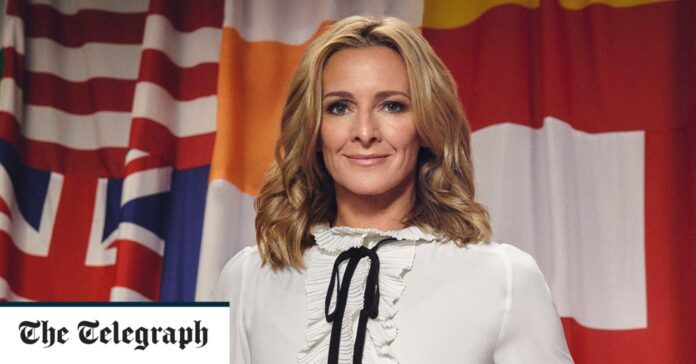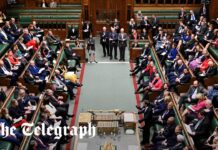[ad_1]

On the mics
Brown-Finnis and Bardsley will also do co-commentary for the BBC, where they will join commentators Robyn Cowen, Jonathan Pearce, Vicki Sparks, Connor McNamara and Steven Wyeth. ITV’s games will be called by Seb Hutchinson, Sam Matterface, Pien Meulensteen and Tom Gayle. It will be intriguing to see if the first-rate Meulensteen gets the biggest assignments or whether Matterface is given the nod.
Who has what games?
ITV and BBC will split the group matches with 24 each. It is notable that the kick-off times vary quite a bit, to fit in with the demands of big TV markets.
England are odds on to make it out of the group and the BBC has first pick of the last-16 fixtures, so safe to say that England will be playing their first knockout match on the Beeb. ITV has first choice of the quarters; Auntie has both of the semi-finals. ITV has the third-place game, hopefully not featuring England, and the two broadcasters will each televise the final.
Value added?
Gianni Infantino, with the brass neck we have come to expect from Fifa grandees, shamed national broadcasters worldwide for not wanting to pay more for the rights. He said: “Broadcasters pay US$100-200 million for the men’s World Cup, they offer only US$1-10 million for the women’s. This is a slap in the face of all the great Fifa Women’s World Cup players and indeed of all women worldwide.”
Given that 17.4 million watched England beat Germany in the final of the Euros last year, this tournament could represent one of the broadcast bargains of the century.
Controversy over TV rights
Fifa’s decision to unbundle the broadcasting rights for the Women’s World Cup from the men’s tournament for the first time provoked a bitter stand-off between the governing body and the “big five” European markets – UK, Germany, France, Italy and Spain.
Given that the scheduling in the southern hemisphere rules out any hope of prime-time kick-offs, the initial offers were low, as little as one per cent of the offers for the men’s rights, provoking Gianni Infantino, the Fifa president, to call them a “slap in the face” to the players and “all women worldwide”.
After a long argument in the winter that spiralled into spring, Infantino took the doomsday option, threatening a media blackout for Europe’s traditional financial powerhouses. “It is our moral and legal obligation not to undersell the Fifa Women’s World Cup,” he said. “Therefore, should the offers continue not to be fair, we will be forced not to broadcast the Fifa’s Women’s World Cup into the ‘big five’ European countries.”
After six weeks of bargaining and rhetoric, a compromise was reached and a deal announced with the “big five” on June 15.
In the United States, long-standing agreements for both English and Spanish-language rights had been more straightforward.
[ad_2]






